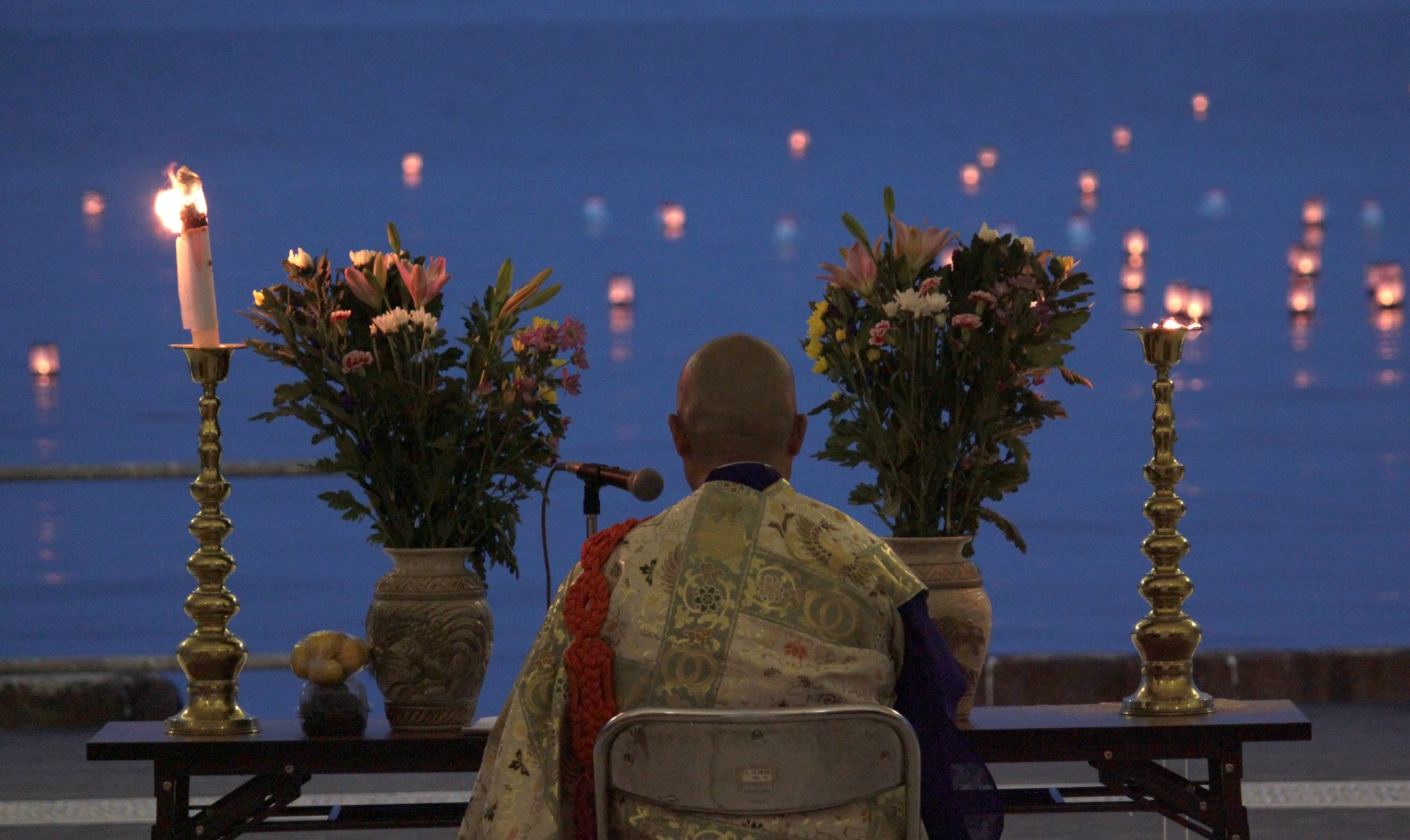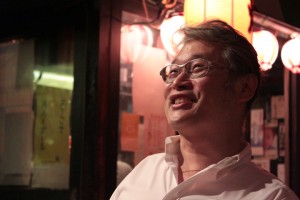Rio+20: Four Fukushima Farmers
This video, capturing the diverse views of four Fukushima activist farmers, screens beginning June 16 in the Rio+20 United Nations Sustainable Development Conference, where one of our main subjects, Seiji Sugeno, director of the Fukushima Organic Farmers Network, is presenting.
Carry On Fukushima
This video was presented at the Institute for Strategic Leadership‘s “Carry On Fukushima” program in Tokyo on 7/21/11. It includes voices from food producers in the area around the still-leaking Fukushima Daiichi Nuclear Power Plant:
- Ohashi may need to look outside Fukushima now for organic suppliers for his bread. He says we need to learn to coexist with radiation.
- Suzuki and Fukumoto are leaving the idyllic farming community of Kaidomari to live in balance with nature elsewhere.
- Hongo won’t sell his potentially contaminated rice this year, but he’s eating it himself.
- Yoshizawa wants to save his 300 irradiated dairy cows from a death sentence.
- Yamamoto was a farming intern when the disaster struck. She decided to stay and volunteer at an evacuation center.
- Yoshida is committed to stay and continue farming on the land his family has cultivated for 200 years.
Into the evacuation zone
-
 Hidden under a tarp, wedged between 50-gallon sacks of steaming bean sprouts on a flatbed trailer, we passed unnoticed through the checkpoint into the 30km evacuation zone around the crippled Fukushima Daiichi Nuclear Power Plant. Permits to enter the zone are closely guarded and the review process is slow, so we stowed away with the evacuated dairy farmer Yoshizawa as he made his weekly trip to feed his 300 irradiated cows, which he's keeping alive in defiance of a government order.
Hidden under a tarp, wedged between 50-gallon sacks of steaming bean sprouts on a flatbed trailer, we passed unnoticed through the checkpoint into the 30km evacuation zone around the crippled Fukushima Daiichi Nuclear Power Plant. Permits to enter the zone are closely guarded and the review process is slow, so we stowed away with the evacuated dairy farmer Yoshizawa as he made his weekly trip to feed his 300 irradiated cows, which he's keeping alive in defiance of a government order. -
 This field in Minami-Soma is still littered with boats, four months after the tsunami.
This field in Minami-Soma is still littered with boats, four months after the tsunami. -
 Yoshizawa painted "save them or die trying" on the roof of the barn, the shovel of the back hoe that blocks the road to the ranch, and on signposts all along the road.
Yoshizawa painted "save them or die trying" on the roof of the barn, the shovel of the back hoe that blocks the road to the ranch, and on signposts all along the road. -

-
 Junko Kajino interviews Yoshizawa at his ranch. The rain suits we bought as a cheaper alternative to tyvek safety suits were not a good idea in the heat and sun. We were pouring with hot sweat within minutes.
Junko Kajino interviews Yoshizawa at his ranch. The rain suits we bought as a cheaper alternative to tyvek safety suits were not a good idea in the heat and sun. We were pouring with hot sweat within minutes. -
 The cows were intimidated by my camera shoulder mount at first, but they became friendly very quickly.
The cows were intimidated by my camera shoulder mount at first, but they became friendly very quickly. -

-
 It was 2 microsieverts per hour at this ice cream stand on the way to the evacuation zone.
It was 2 microsieverts per hour at this ice cream stand on the way to the evacuation zone.
Evacuated farmer Yoshizawa wants to stand up to Japanese government and nuclear power company
After the March 11 earthquake and tsunami, Yoshizawa cared for his 300 dairy cows without water or electricity. He could hear the explosions as the Fukushima Daiichi Nuclear Power Plant, 14 km away.
After days of heavy radiation exposure, Yoshizawa was evacuated with the rest of Namie on March 17. He spraypainted “save them or die trying” on the roof of the barn, and went to Tokyo. He talked his way in to see the chairman of Tokyo Electric Power Company. Both men cried as Yoshizawa begged the chairman to do something to stop the disaster.
Yoshizawa slept outside in Tokyo for a week, keeping vigil and waiting to see government ministers, calling on them for action. Now he travels Japan in his speaker van, proclaiming his refusal of a government order to kill his 300 cows.
Uncanny Terrain is a documentary about organic farmers facing Japan’s nuclear crisis, and an online community fostering dialogue on food safety, sustainable agriculture, alternative energy and disaster response. Please keep the conversation going by making a donation.

Video
Fukushima organic farmer runs for mayor
Fukushima Year 3: Renewal
Fukushima Animals
Rio+20: Four Fukushima Farmers
Would you stay?
Fukushima farmers fight for their land.
One year after the meltdown
Can microbes decontaminate irradiated soil?
Why we’re making Uncanny Terrain
Why stay on contaminated land?
Citizens protecting themselves
How to deal with the results
Numbers are weapons
The real value of the radiation
How to protect themselves
The official radiation limit
Counseling for parents
A tool to evaluate by themselves
Living with the Fallout
Ginray Bread Company
Natural, traditional ingredients
Coexisting with radiation
Bread for disaster victims
Promoting cooperation
Work sharing for people with disabilities
No radiation detected in Watanabe’s Fukushima City fruit
Sugeno fights for his Fukushima farm
Building a more sustainable future
Strengthening Fukushima pride
Safecast radiation monitoring
The goal of our documentary
Finding solutions to the nuclear crisis
Through the autumn harvest
The uncertainty of low-level contamination
Remembering Hiroshima bombing after Fukushima disaster
Ganbatte 365
Positive stories of post-disaster Japan
Carry on Fukushima
Evacuated farmer promises to fight
Yoshizawa refuses to kill his cows
Fukushima City Nuclear Protest
He can’t sell his rice, but he still has to grow it
Lone nuclear opponent won’t sell his rice
Farmers flee agricultural community
Hanawa farmers face uncertainty of low-level contamination
[/youtubegallery]



